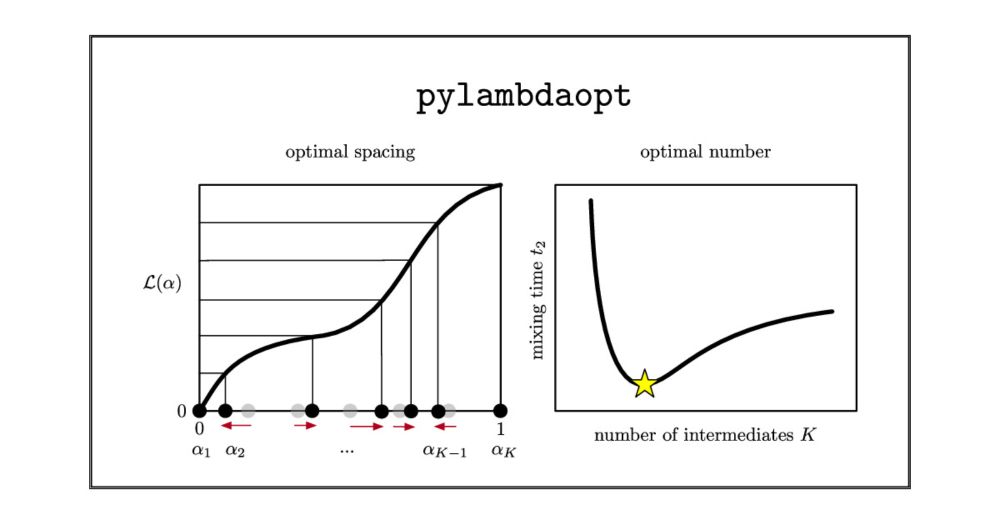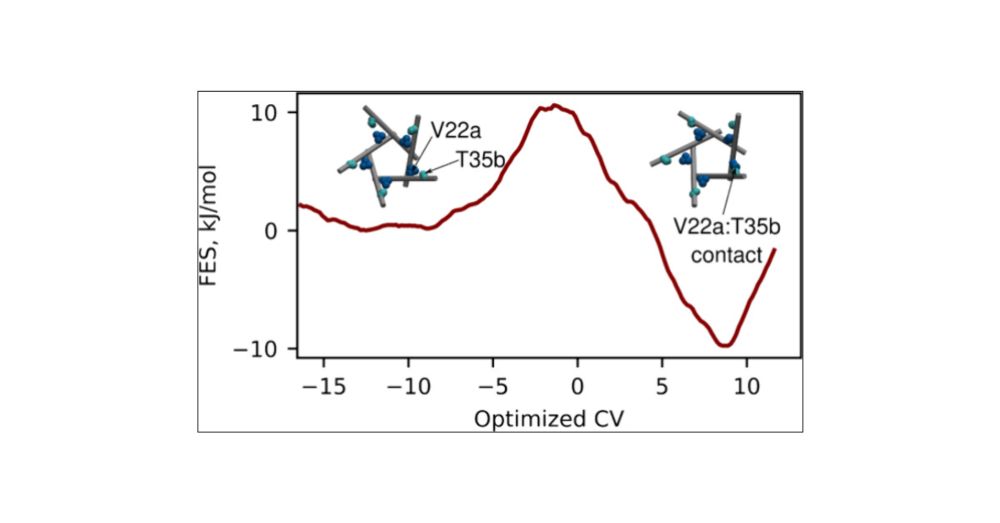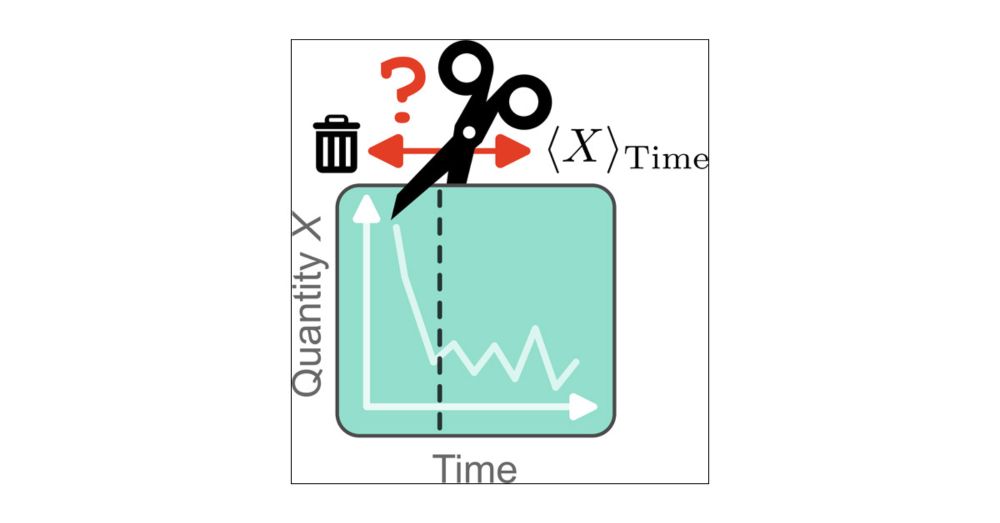(There's also the alchemlyb @joss-openjournals.bsky.social paper doi.org/10.21105/jos... if you want to read & cite.)

(There's also the alchemlyb @joss-openjournals.bsky.social paper doi.org/10.21105/jos... if you want to read & cite.)

📖 www.sciencedirect.com/science/arti...

📖 www.sciencedirect.com/science/arti...


www.science.org/doi/10.1126/...

www.science.org/doi/10.1126/...

doi.org/10.1021/acs....
Alchemical free energy calculations are indispensable in computational drug design. We present an improved approach for optimizing the schedule of alchemical intermediates by minimizing thermodynamic length.
1/7

doi.org/10.1021/acs....
Alchemical free energy calculations are indispensable in computational drug design. We present an improved approach for optimizing the schedule of alchemical intermediates by minimizing thermodynamic length.
1/7

jobs.ncl.ac.uk/job/Newcastl...
jobs.ncl.ac.uk/job/Newcastl...
doi.org/10.26434/che...

doi.org/10.26434/che...
Marko Hanževački has done great work on this and it’s always a pleasure to work with him and @adrianmulholla1.bsky.social 🚀
chemrxiv.org/engage/chemr...

Marko Hanževački has done great work on this and it’s always a pleasure to work with him and @adrianmulholla1.bsky.social 🚀
chemrxiv.org/engage/chemr...
pubs.acs.org/doi/10.1021/...

pubs.acs.org/doi/10.1021/...


We are looking to support applicants to the #MSCA Postdoctoral Fellowships scheme in collaboration with @openforcefield.org!
The call opens soon, get in touch if interested ⬇️ tinyurl.com/yxbpj4y4
We are looking to support applicants to the #MSCA Postdoctoral Fellowships scheme in collaboration with @openforcefield.org!
The call opens soon, get in touch if interested ⬇️ tinyurl.com/yxbpj4y4
docs.openforcefield.org/en/latest/ex...
#compchem
Share your own examples of visualizing molecules!
docs.openforcefield.org/en/latest/ex...
#compchem
Share your own examples of visualizing molecules!

I could not be more thrilled to be working with this dream team.
achira.ai
I talked with CEO @jchodera.bsky.social about plans to combine AI- and physics-based methods for drug discovery and moving beyond 45 years of the same type of models behind molecular dynamics.
My latest @endpts.com:
endpts.com/achira-raise...

I could not be more thrilled to be working with this dream team.
achira.ai
Stay tuned on here and at ccpbiosim.ac.uk/soton2025 for more information and announcements coming soon!
#compchem #chemsky

Stay tuned on here and at ccpbiosim.ac.uk/soton2025 for more information and announcements coming soon!
#compchem #chemsky
Paper: pubs.acs.org/doi/10.1021/...
Python package: github.com/fjclark/red
(1/6)

Paper: pubs.acs.org/doi/10.1021/...
Python package: github.com/fjclark/red
(1/6)


